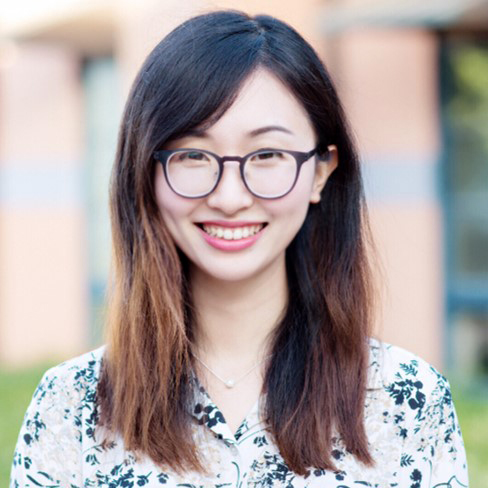
Dr Yating Wan
Postdoctoral Fellow
Department of Electrical & Computer Engineering
University of California, Santa Barbara
Dr Yating Wan obtained her Bachelor of Science in 2012 with a specialization in optics at Zhejiang University in China (GPA: 3.97/4.0), and received her PhD (2017) in the Department of Electrical and Computer Engineering from The Hong Kong University of Science and Technology (GPA: 3.94/4.0), under the supervision of Professor Kei May Lau and Professor John Bowers. She was selected as the winner of the School of Engineering PhD Research Excellence Award 2016-17, one of the best two among many nominations received from all Engineering Departments in HKUST, for her pioneering work in integration of long wavelength quantum dot micro-lasers on silicon substrates.
She has published 21 (9 as first author) high quality peer-reviewed journal papers. She has presented her research work 24 times at peer-reviewed international conferences (7 as first author). As first author, she has three cover journal (Optica, Photonics Research and Applied Physics Letter), two invited talk (CLEO and PIERS), one postdeadline conference paper (CLEO). (Google Scholar Citations: 275, h-index: 10)
She is now a Postdoctoral Fellow at of University of California, Santa Barbara in Professor John Bowers' group, to develop quantum dot lasers for low threshold and high efficiency, photodetectors, modulators and photonic integrated circuits. Her feature story was reported by a biannual online PG Newsletter in HKUST.
Monolithic Integration of InAs Quantum Dot Lasers on Silicon Substrates
My recent work is devoted to the development of high-performance QD micro-cavity lasers directly grown on exact (001) silicon substrates. By combining high-quality WGM and 3D confinement of injected carriers in the QD micro-disk structures, lasing operation from 10 K up to room temperature was achieved for 4-μm diameter micro-disk lasers (MDLs) under continuous optical pumping on the exact (001) silicon substrate. 1-μm diameter MDLs have been demonstrated in the 1.2-μm wavelength range at 10 K. A systematic comparison of lasing dynamics shows that the MDLs on silicon substrates compare favorably with devices fabricated on native GaAs substrates and state-of-the-art work reported elsewhere.
A full extension towards practical electrically injected laser configurations was further explored. The world’s first electrically pumped quantum-dot micro-ring lasers epitaxially grown on (001) silicon were reported. Continuous-wave (CW) lasing up to 100°C was achieved at the 1.3 μm communication wavelength in micro-rings with a radius of 50 μm. Scaling the micro-sized WGM cavity to a radius of 5 μm gives rise to a sub-milliamp threshold of 0.6 mA. Both the thresholds and footprints are much smaller than those previously reported lasers epitaxially grown on silicon.
Furthermore, co-integration of various optoelectronic devices on silicon was designed. Ultra-low dark current upon -1 V bias was measured to be 1.5e-10 A for the on-chip photodiode. For the in-plane waveguide coupling micro-ring laser with a 25-μm outer-ring radius, the measured photocurrent as a function of the injection current suggests a very low lasing threshold of around 3 mA. Through evanescent coupling, the feasibility of integrating active and passive devices was simulated, with preliminary experimental results. This is promising to increase integration density on this integrated silicon platform by combining different components on the same chip to create increased functionality, speed and capacity.